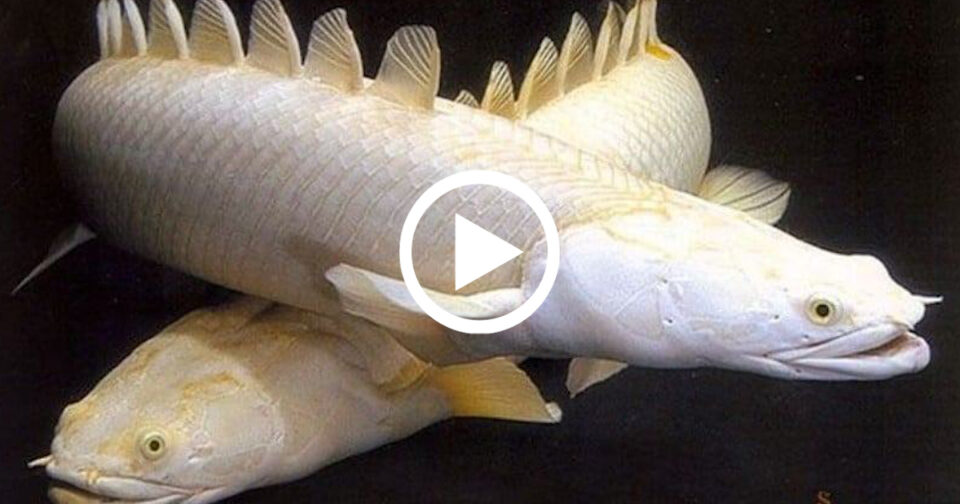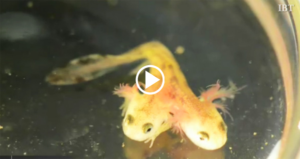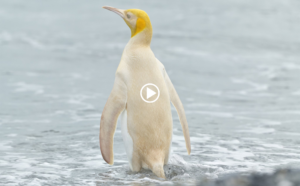They appeared hundreds of millions of years ago but are still alive today.
1. Myxini lampreys
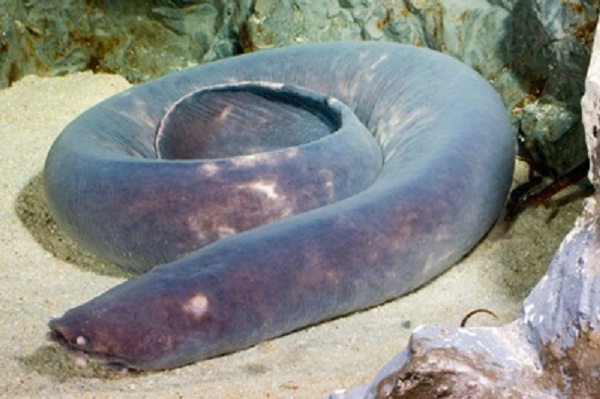
According to the fossil record, Myxini’s lampreys have been around for over 300 million years, which means they were “old” when the dinosaurs disappeared from the world. Some scientists say they are found in relatively deep seas. According to them, they are not fish but are not really eels, also sometimes called slimy eels. They are very strange animals, with a skull, two brains and more than one spine. They are blind and usually feed at night; Their main food is the carcasses of large animals (fish, marine mammals). They are nicknamed “slimy eels” because they produce mucus to destroy the gills of other predatory fish. As a result, they have almost no natural enemies.
2. Sailboat
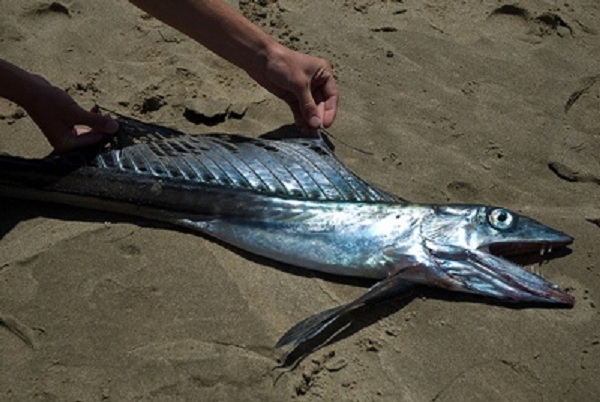
The sailboat has a “prehistoric” appearance with a fierce appearance, sharp teeth and a “sail” dorsal fin reminiscent of the shape of some dinosaurs. Even its scientific name bears the imprint of a dinosaur (Alepisaurus ferox). With a length of 2 meters, this predator is present in all the oceans. They are very voracious, eating mainly fish and small squids, sometimes they eat their own kind.
3. Arowana fish

Belonging to the ancient group of Osteoglossid fish, this fish has existed since the Jurassic. Today, they are found in the Amazon, parts of Africa, Asia and Australia. They are sometimes kept as exotic pets. Arowanas are voracious predators, able to eat any small animal they catch, including birds and bats when they leap out of the water (they can jump up to 2 meters above sea level). above the surface). In China, this fish is known as the “dragon fish” and is considered a sign of good luck.
4. Wrinkled shark
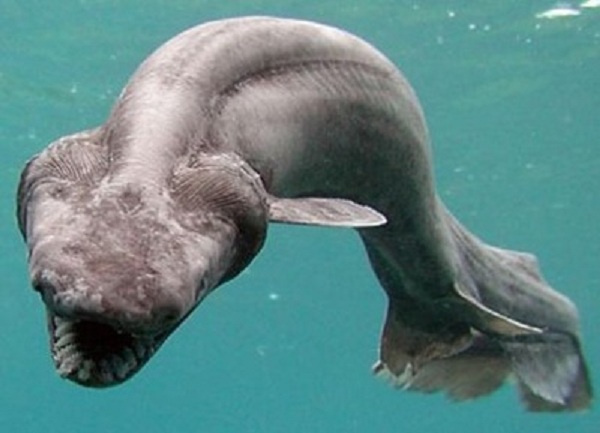
It truly is a sea monster, one of the most primitive sharks alive today. The wrinkled shark is a “relic” that dates back to the Cretaceous Period, when dinosaurs ruled the blue planet.
A female wrinkled shark can be up to 2 meters tall, males can be larger. They live in very deep water and feed mainly on squid. Wrinkled sharks barely attack humans (maybe they “don’t care” about land animals). It was discovered on the coast of Japan in 2007 and is considered one of the important biological discoveries.
5. Sturgeon
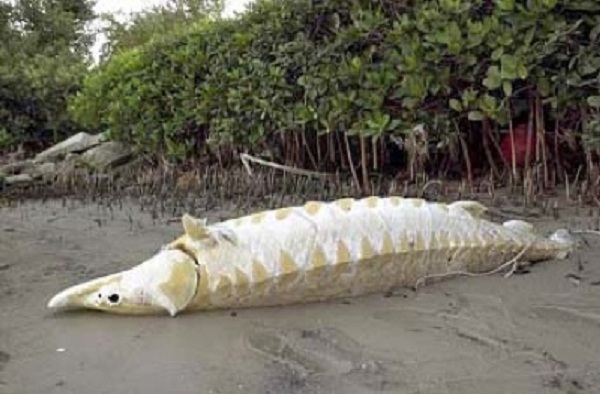
One representative that has survived from the age of the dinosaurs to the present day is the sturgeon, a fish that lived around the beginning of the Jurassic Period. This fish is overexploited, which puts it in great danger of extinction. The largest sturgeon can be up to 6 meters long, as big as a great white shark. Sturgeons eat small animals at the bottom of the sea, mostly they are not dangerous (but when provoked they are also very frightening).
6. Elephant seal fish
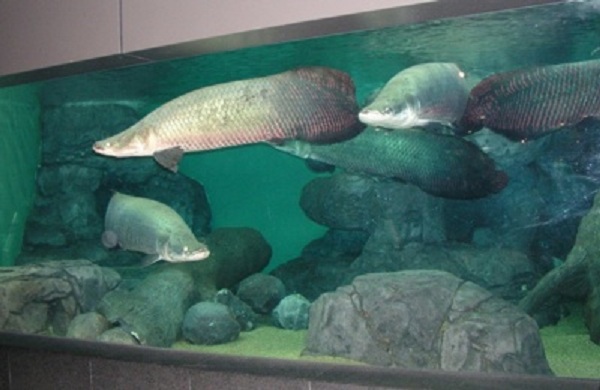
A close relative of the arowana is the walrus, sometimes considered the largest freshwater fish in the world. According to the initial description, it can reach 4.5 meters, but the average length is 2 meters. This slow carnivore usually eats small fish, crustaceans, or any other small animal that can fit in its mouth. An interesting characteristic of this fish is that it needs to breathe with oxygen extracted from the air, like a whale in order to survive. Seagulls pose no danger to humans and are often hunted for their meat. Unfortunately, now this fish is very rare.
7. Swordfish
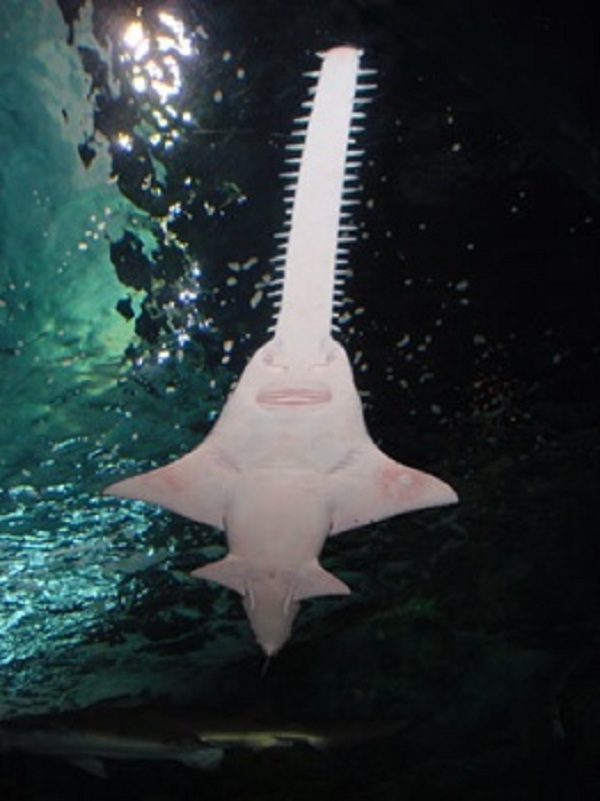
This endangered animal is a fish that survived the Cretaceous Period and can be found in bodies of salt water or in rivers, canals and streams. At 7 meters in length, the sawfish resembles a shark but is in fact closely related to the stingray. Their “saws” are weapons and sensory organs that help them detect their prey. Although they are peaceful, sawfish can become extremely dangerous if provoked. Based on an unusual fossil, we know that the prehistoric giant sawfish could have been a major food source for the largest carnivorous dinosaur – Spinosaurus, as a vertebra from this fish was found trapped between the dinosaur’s teeth. .
8. Long-nosed crocodile
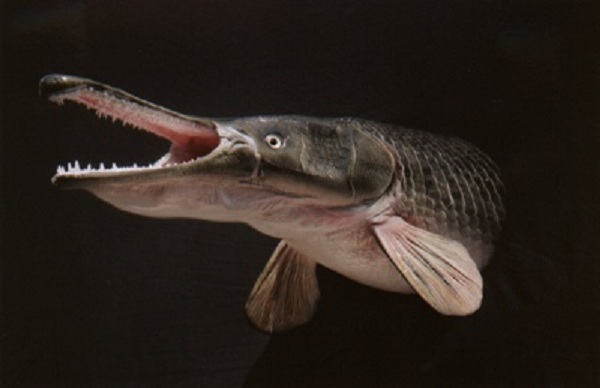
This formidable animal is found in the southern United States, northern and eastern Mexico and is known as the largest freshwater fish in North America (although it sometimes “wanders” in the sea. ). Crocodiles can be up to 4 meters long and weigh 200 kg. As the name suggests, they have a very long muzzle with extremely sharp teeth, are very good at ambushing prey, and have bitten humans. It is the oldest fish alive today and is believed to have existed since the Cretaceous Period.
9. Senegalese polyptère
The African fish is also known as the “dinosaur eel” due to its jagged dorsal fin and reptile appearance. It reminds of some dinosaurs.
They are not actually eels, but members of the golden dinosaur fish family. If you plan to keep Polypterus Senegalus, be careful as they are easy to jump out of the tank. An interesting point is that Polypterus Senegalus is able to live without water for some time until its scales are no longer wet, which gives it the possibility of finding free water after escaping from the sea. .
10. Coelacanth fish
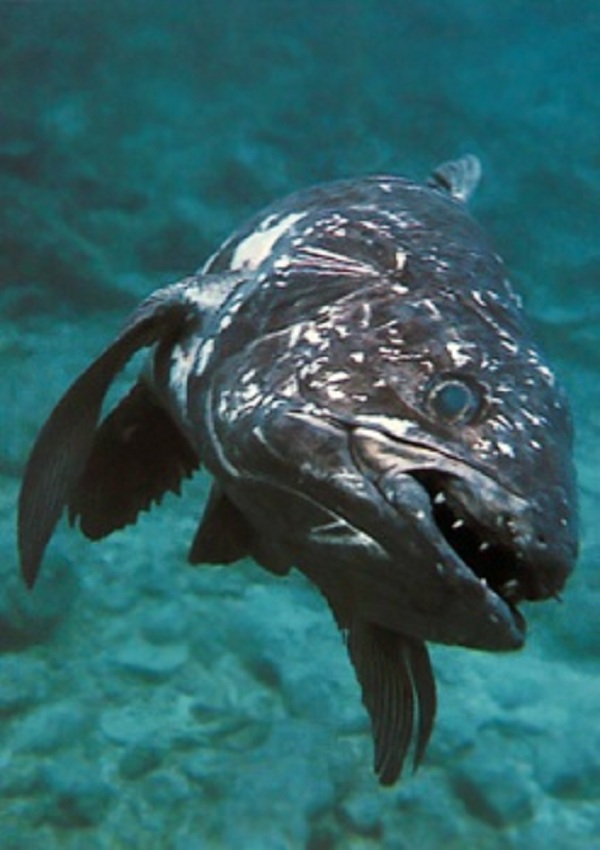
It is the most famous “star” among living fossils. The coelacanth has long been considered extinct, and the scientific world has been completely surprised to find a coelacanth made of flesh and… able to breathe. The coelacanth is said to have become extinct during the Cretaceous Period with the dinosaurs, but in 1938, a specimen found in South Africa proved this to be completely false. Later, the coelacanth was also found in Indonesia in 1999.
This species is a large carnivore, measuring up to 2 meters in length, feeding on smaller species like small sharks. They usually live in deep, dark waters. Although they are rarely hunted due to their terrible smell, the coelacanth is still on the conservation list.
Two-headed mutant salamander suspected of being radioactive
Discovered a “rare and hard to find” yellow penguin
Why do dogs like to dig holes to bury bones?


